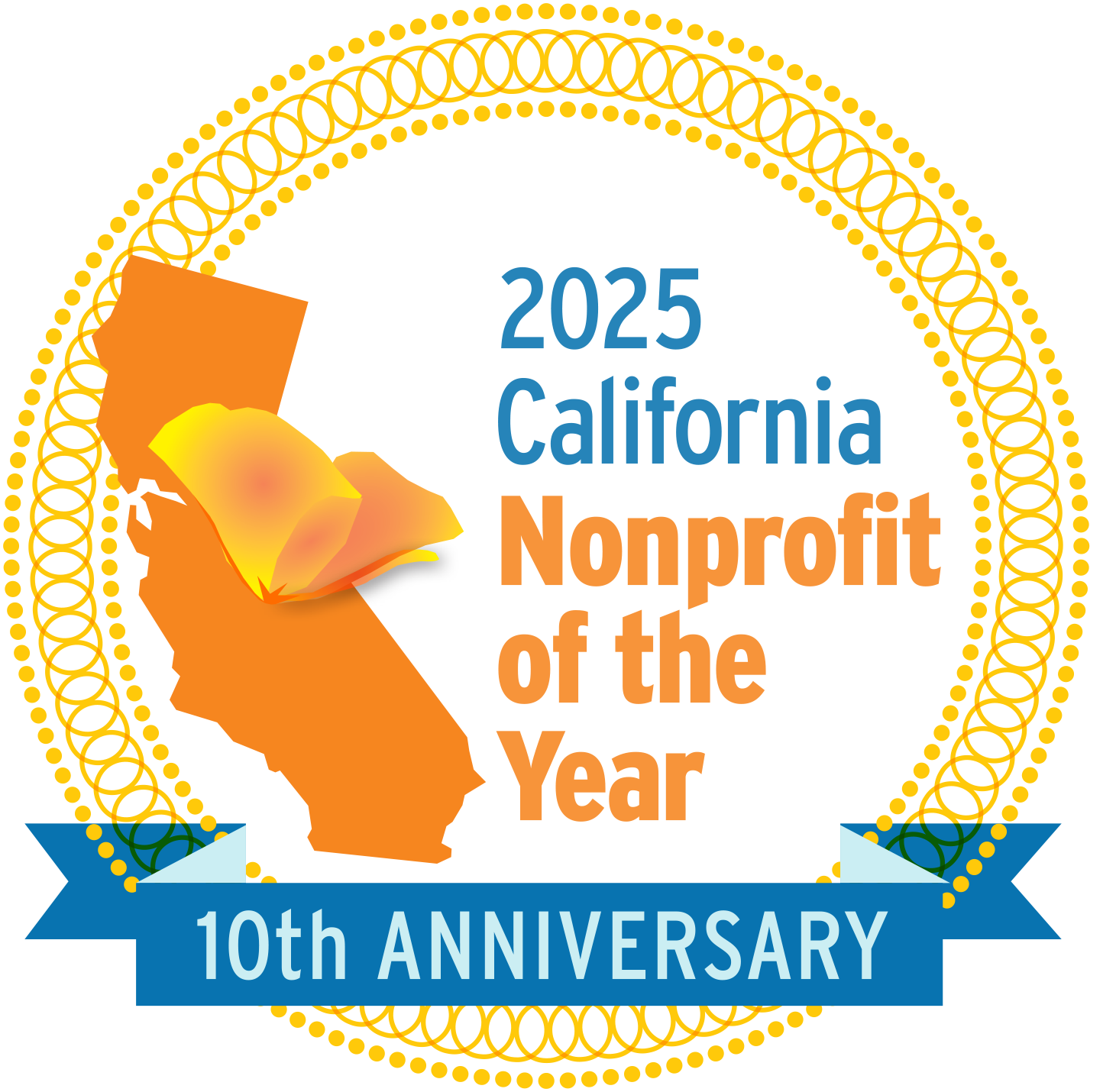Published in the November 2018 newsletter, which you can read in its entirety here.
My experience with the Prison University Project’s academic conference has been challenging, nerve-wracking, and exciting all rolled into one. Being that this was my first academic conference, it was a learning experience that I welcomed.
On this educational journey, I have discovered that I am more than a prisoner. I am bigger than the cages of racism, poverty, illiteracy, criminality, and prison that have held me captive, in one form or another, since the day I was born. I found that that for each cage from which I break free, my head is held a little higher, my back straightens a little more, my shoulders roll back a little further, and I become a little more dignified.
Now in the shadow of the Prison University Project’s academic conference, I am poised to break free of yet another cage. The I don’t feel like I quite measure up cage. This one I built for myself. I’ve been in it for most of my life. Now I am standing on the precipice of being free. But, at the thought of the academic achievements of those who surrounded me, I shuddered. My stomach churned. My heart raced. Again I was confronted by the am I good enough? cage. Will I fall on my face? I don’t want to do this. It is in this moment of doubt that I’m confronted with the reason I must push forward: the young African American man. His pants are hanging low. He greets me, “What’s up, my n***a, you got the time OG?” I cringe at the “N” word. I say to him, “It’s 9:30 youngsta.” I turn to walk away. Taking a look back to ensure he continues walking, heeding the old prison policy of “staying ten toes down at all times” (prison lingo and mentality for watching my back). As I catch a glimpse of him walking away with his head in the clouds oblivious to what the future holds for him, the moment becomes too real. I see myself in him.
It is 1992, I’m in Jamestown State Prison (Sierra Conservation Center). It is my first prison term. My head is in the clouds. I’m oblivious, unaware of the lives I would wreck and the 24 years that would pass in the blink of an eye as I walked yard after yard in prison after prison. I shake off the nostalgia and regret, with the intimate understanding it is for him and the future victims I hope are never created, that I wrote my conference proposal about social etiquette training as one of the tools needed to help young prisoners. I remember very vividly that the masks I wore were there to conceal my feelings of inadequacy and intimidation, while in the presence of those I had come to believe were somehow more than me. More what, I could not tell you, just more. But once I discovered those little niceties which fostered positive relationships, my confidence grew and so did my belief that I more than measure up to anyone and any challenge.
With this knowledge, I’ve come to understand and appreciate two sayings: to know better is to do better and with knowledge comes responsibility. Now that I know better, I am doing better. My intimate knowledge of the many problems within the judicial system makes me responsible for presenting a solution. Today I am part of the solution, and not the problem.
In the final analysis, when all is said and done, it matters not if any actions are taken as a result of my contribution to the conference. All that matters is that some real rehabilitative actions, or at least plans for future actions, come out of it. Whatever those actions are, however they look, it is my responsibility to contribute my time, effort, and resources to advance them! This—the real possibility for long-lasting systemic change—is what excites me most about the Prison University Project’s academic conference.
Please note that the Prison University Project became Mount Tamalpais College in September 2020.












